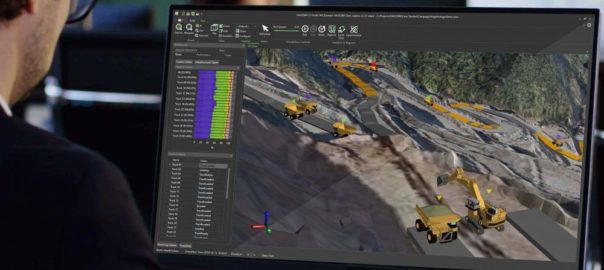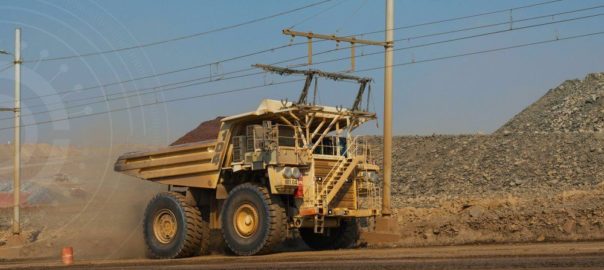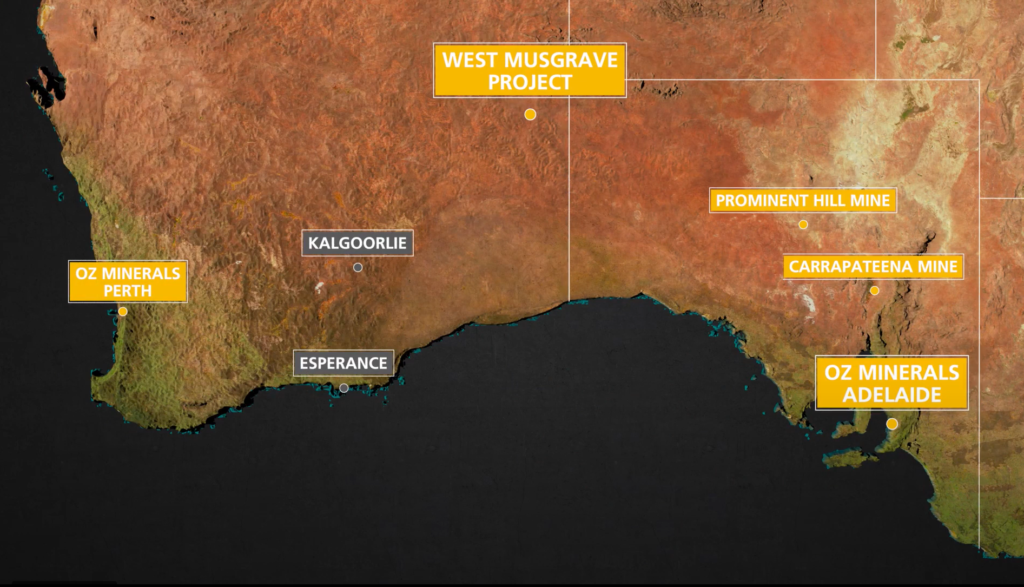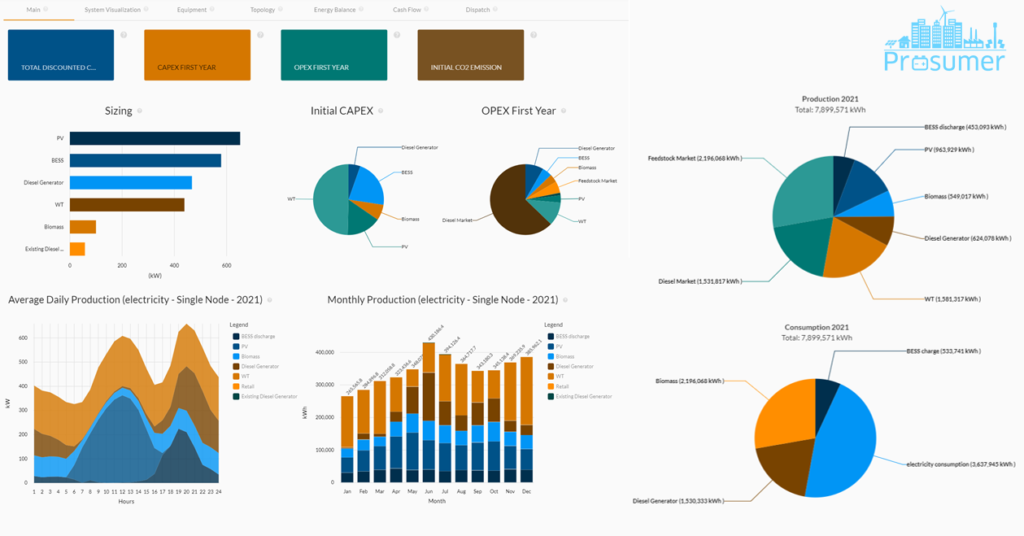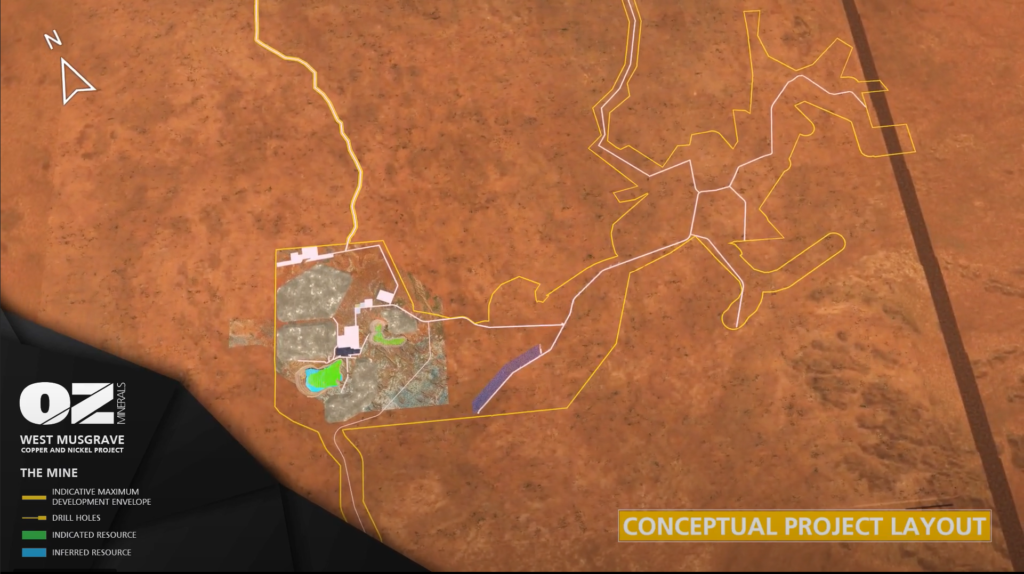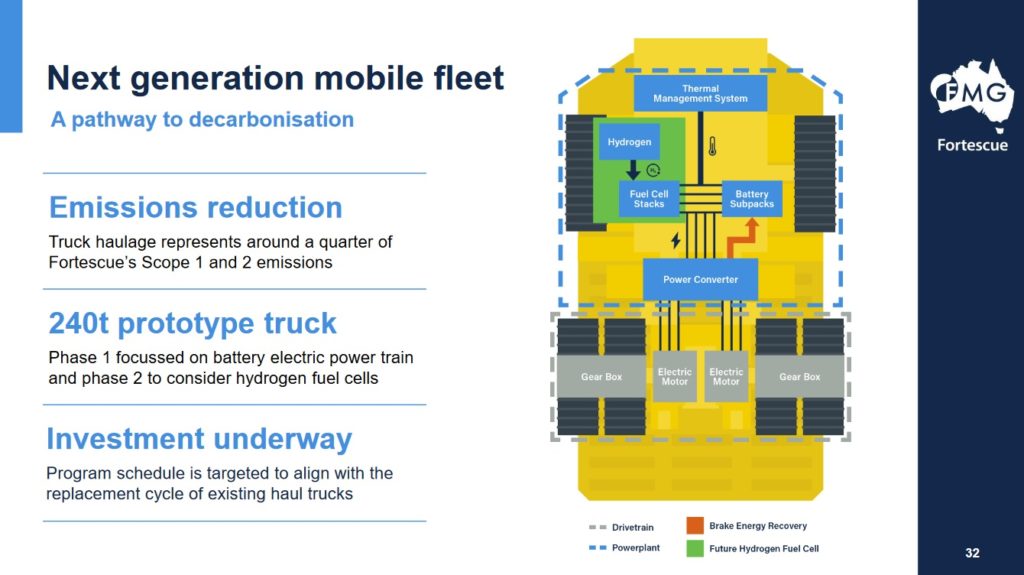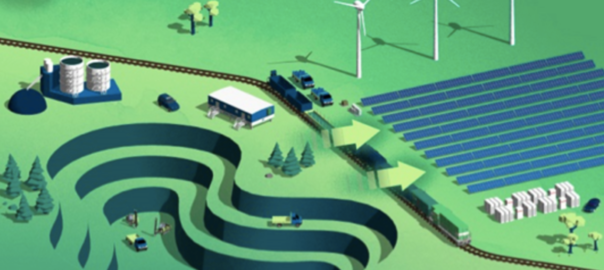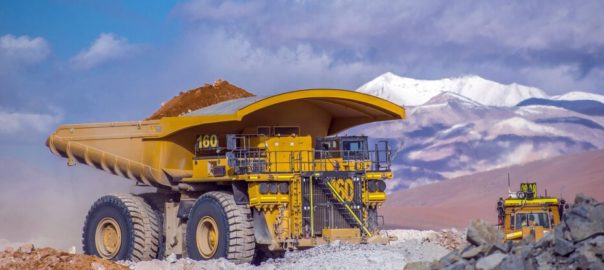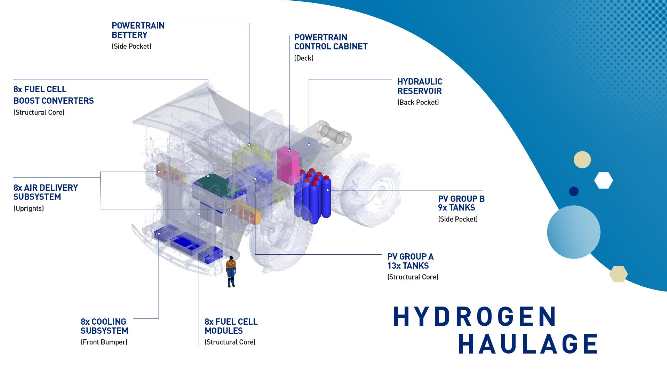RPMGlobal says it has further advanced its simulation platform to support hybrid vehicles that are powered by green hydrogen or hybrid diesel.
The hybrid vehicle functionality, developed in partnership with Tier-One miners and OEMs within the mining industry, enables users to simulate and test multiple scenarios including vehicles that use hydrogen or hybrid diesel. This is particularly useful for organisations looking to decarbonise their mining operations and are looking for a way to quantify potential options, the company said.
RPM’s simulation solutions use a Discrete Event Simulation engine that has been specifically designed for the mining industry. Organisations typically build a base case simulation they use as a yardstick to measure any changes to the haulage network, road rules, mine layout or vehicles.
Richard Mathews, Chief Executive Officer of RPMGlobal, said the demand for HAULSIM and SIMULATE has been strong. “RPM is experiencing a significant increase in organisations needing to measure and quantify the financial and emission benefits of utilising electric, hydrogen or hybrid diesel alternatives to their traditional diesel fleet.
“The global decarbonisation effort has certainly created demand for RPM’s unique simulation solutions that can assist with answering questions that you simply can’t answer in a spreadsheet.
“RPM’s Commercial Off-The-Shelf simulation solutions are already used worldwide by miners, contractors and OEMs. With mining companies across the world pledging to quantifiably improve their decarbonisation efforts towards net-zero targets, software solutions that can measure and quantify the potential benefits of using lower emission options that are available in the market are super important.”
This latest software release also includes several other developments such as interaction rules for autonomous vehicles, upgrades to electric vehicle infrastructure simulations, additional microservices to evaluate alternative options remotely (server or cloud) and more detailed reporting for electric vehicles.
With this release, RPM is offering usage of the software and training free of charge to anyone taking part in the Charge On Innovation Challenge to support participants in delivering innovative decarbonisation solutions, it said. This challenge came about as a result of BHP, Rio Tinto, Vale and Austmine recognising that the mining industry needs to be at the forefront of tackling climate change. The Charge On Innovation Challenge is aimed at encouraging innovative technology development that will support the mining industry’s decarbonisation efforts.







